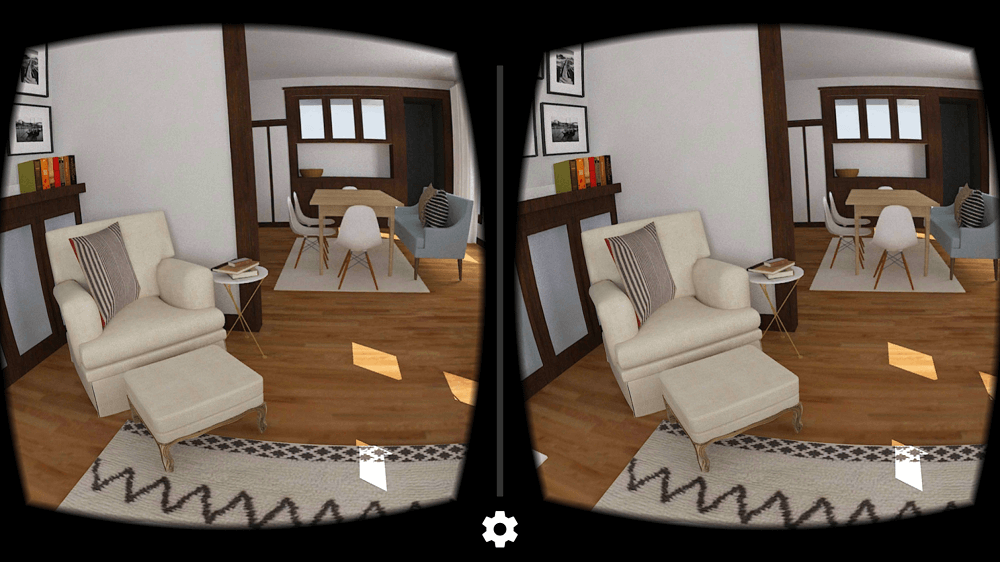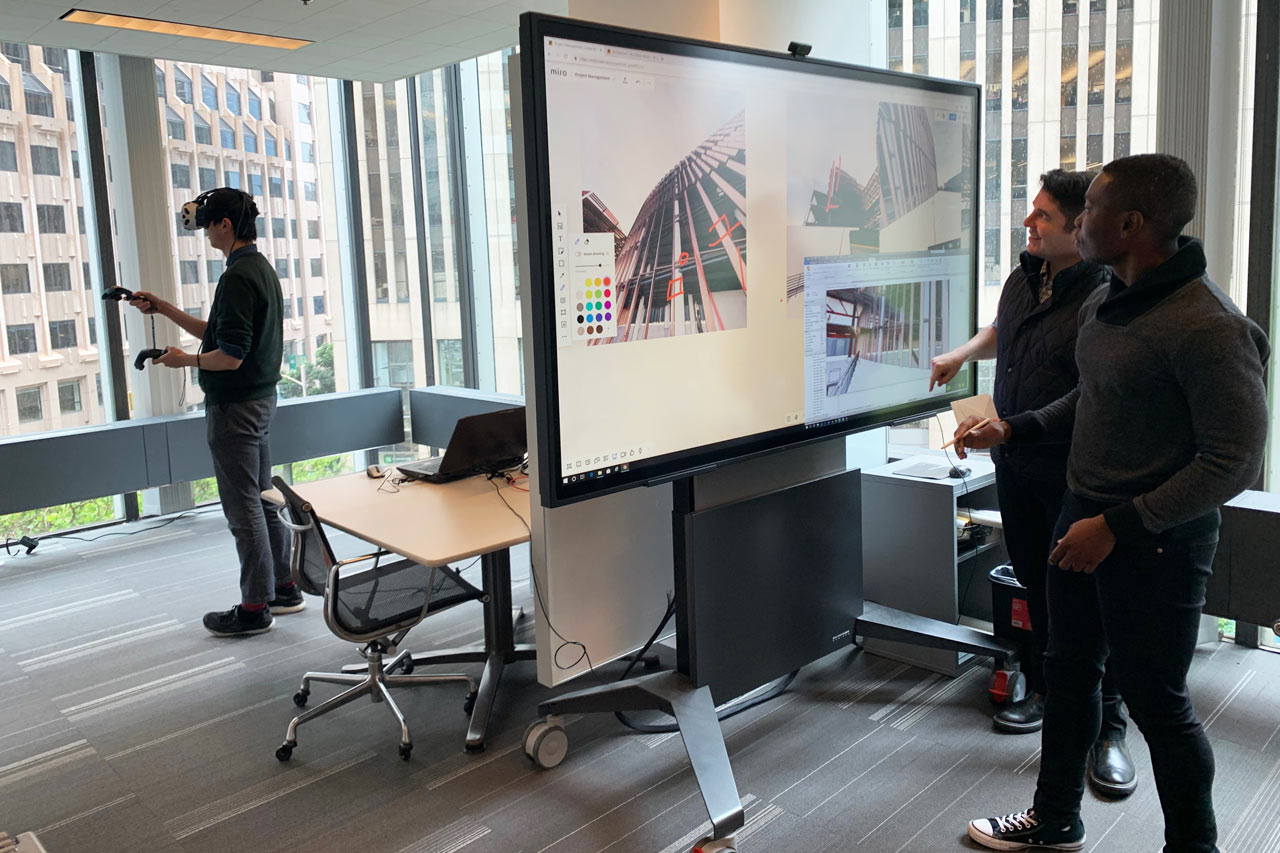As someone who has spent years immersed in the world of interior design, I’ve witnessed firsthand the incredible evolution of technology in our field. One of the most groundbreaking advancements has undoubtedly been virtual reality (VR). This engaging technology is not just reshaping how we envision spaces; it’s revolutionizing the entire design process. In this article, I will take you through the multifaceted relationship between virtual reality and interior design, sharing insights drawn from personal experience and industry trends.
Understanding Virtual Reality in Interior Design
Before diving into the applications and benefits of VR in interior design, let’s take a moment to define what virtual reality actually is. VR is an immersive technology that enables users to interact with a computer-generated environment in a seemingly real way, often using a VR headset. This technology has made its mark in numerous industries, including gaming, healthcare, and yes, interior design.
How VR Works in Interior Design
When clients and designers use VR, they can walk through a virtual space just as they would a physical one. This immersive experience is made possible through the following technology:

- VR Headsets: Devices like Oculus Rift, HTC Vive, and more provide an immersive visual experience.
- 3D Modeling Software: Programs like SketchUp and Autodesk allow designers to create detailed 3D models of spaces.
- Interactive Tools: These tools enable users to manipulate furniture, decor, and layout in real-time.
The Benefits of Using Virtual Reality in Interior Design

The integration of VR in interior design comes with a myriad of benefits. Here’s a closer look:
Enhanced Visualization

One of the most significant advantages of VR in interior design is the ability to visualize spaces in three dimensions. Clients can see how various elements come together in a room before any physical work is done.
Real-Time Changes

VR allows for quick modifications on the fly. Want to change the color of the walls or swap out a piece of furniture? It’s as simple as a few clicks, making the design process more fluid.
Increased Engagement with Clients

Using VR fosters an interactive experience that helps clients feel more involved in the design process, making feedback more effective and efficient.
Cost and Time Efficiency

By identifying design flaws and making necessary adjustments in the virtual space, designers can save both time and money that would otherwise be spent on physical changes.
Improved Communication

VR can bridge the gap between designers and clients. Using 3D models and VR walkthroughs ensures everyone is on the same page regarding design expectations and outcomes.
Applications of Virtual Reality in Interior Design
Let’s explore some of the practical applications of VR in the interior design field.
Virtual Walkthroughs
Imagine being able to take a stroll through your dream home without leaving your current one. Virtual walkthroughs are a game-changer for both designers and clients. These experiences allow potential buyers to experience properties before they’re built, which can be invaluable.
Design Simulations
VR enables designers to create detailed simulations of spaces, allowing clients to see how specific changes can impact the overall look and feel of a room.
Furniture Layout Planning
With virtual reality, designers can visualize furniture placement in real time. This capability allows for optimal space utilization and ensures that the chosen items fit harmoniously within the design.
Comparison of Traditional vs. VR Design Processes
| Aspect | Traditional Design | VR Design |
|---|---|---|
| Visualization | 2D Drawings & Renderings | Immersive 3D Experience |
| Client Involvement | Limited Feedback | Interactive Engagement |
| Time Efficiency | Time-Consuming Revisions | Real-Time Adjustments |
| Cost Effectiveness | Higher Risk of Mistakes | Reduced Errors and Costs |
Challenges of Implementing Virtual Reality in Interior Design
While the benefits of VR in interior design are abundant, it’s important to acknowledge the challenges as well.
Cost of Technology
Investing in VR technology can be pricey, and not all design firms can afford the advanced equipment required to effectively use VR tools.
Learning Curve
For many designers, adapting to new technology can be daunting. Proper training is necessary to maximize the effectiveness of VR tools.
Technical Limitations
Not all clients may have access to VR equipment. Ensuring that a client can experience a virtual design may require additional resources.
Pros and Cons of Virtual Reality in Interior Design
Pros
- Enhanced visualization and understanding of spaces.
- Improved client engagement and collaboration.
- Cost savings from preemptively identifying design flaws.
- Real-time modifications lead to quicker results.
Cons
- High initial costs for equipment and software.
- Requires a certain level of technical expertise.
- Limited by client’s access to VR technology.
- May not replace traditional methods for all clients.
The Future of VR in Interior Design
As technology continues to advance, the role of VR in interior design is likely to expand. Here are some predictions for the future:
Integration with Augmented Reality (AR)
The combination of VR and AR could lead to even more immersive design experiences, allowing clients to visualize how virtual elements interact with their physical surroundings.
Customization and Personalization
With the growing demand for personalized spaces, VR can help designers cater to individual tastes, allowing for a more tailored design process.
Broader Accessibility
As VR technology becomes more affordable and user-friendly, more designers and clients are likely to adopt these tools, democratizing access to high-quality design.
Conclusion
As I’ve experienced in my own design practice, virtual reality is reshaping the landscape of interior design in profound ways. By enhancing visualization, improving communication, and driving efficiency, VR is not just a fad but a transformative tool that promises to elevate the design experience for both professionals and clients alike.
FAQs about Virtual Reality and Interior Design
What is virtual reality in interior design?
Virtual reality in interior design refers to the use of immersive technology to create and visualize 3D spaces, allowing clients and designers to interact with a virtual environment before making physical changes.
How does virtual reality improve the design process?
VR improves the design process by allowing for real-time changes, enhancing client engagement, and reducing the likelihood of costly mistakes through better visualization.
Are there any downsides to using virtual reality in interior design?
Yes, potential downsides include high costs for technology, a learning curve for designers, and limited client access to VR tools.
Can anyone use virtual reality in interior design?
While there may be a learning curve, anyone with access to the right technology and software can use virtual reality in interior design, although professional guidance can enhance the experience.
What types of software are used for VR in interior design?
Common software used for VR in interior design includes SketchUp, Autodesk Revit, and various specialized VR applications that integrate with design tools to create immersive experiences.